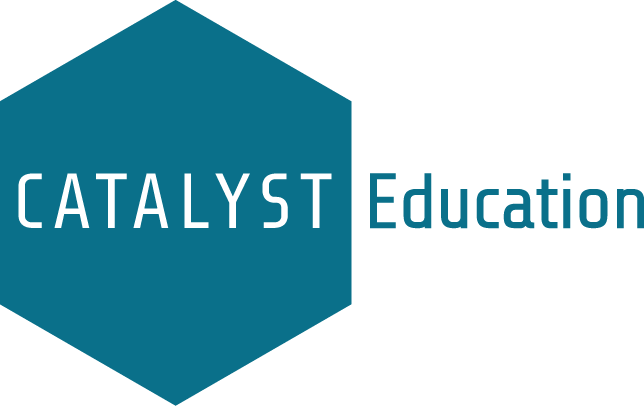Visual Data: Student Attitudes and Experience
What do you do when students are unable to come to the lab? Labflow’s visual data is one option that brings online experiments to life, allowing students to collect measurements and make their own observations virtually. These visual data resources were created using inclusive design principles and have been implemented in more than 100 reports that accompany experiments in our open educational resources (OER) library of experiments.
Reports that utilize visual data can be completed 100% in person, 100% online, and everything in-between, providing a seamless transition for students who are unable to complete an experiment in the lab. Visual data has been used to improve learning in remote and hybrid lab courses, but it has also been used to support in-person instruction when students have excused absences—such as for snow days and other school closures—and to mitigate disruptions from instructor shortages and equipment failures.
At this year’s Biennial Conference on Chemical Education (BCCE), I shared the results of two surveys on student attitudes and experiences using visual data, with a focus on differences between types of visual data and factors that contribute to confusion and difficulty. The first survey focused on the use of indicator solution illustrations in a pH and buffers experiment. We found that students who completed the lab online with visual data scored just as well as those who completed their experiment hands-on in the lab and that 88% of students who completed their experiment virtually had a positive experience using the visual data. However, 23% of students indicated some degree of difficulty interpreting the visual data, and qualitative analysis revealed that confusion around color contributed to their difficulty.
In the second survey, we looked at the use of thermometer illustrations and reaction videos in an iodine clock kinetics experiment and found that perceptions varied depending on the type of visual data. For the thermometer visual data, 85% of students indicated that they had a positive experience and only 14% indicated that they had some degree of difficulty interpreting the visual data type. Whereas for the reaction video visual data, 61% of students indicated that they had a positive experience using the visual data type, with 33% indicating that they had some degree of difficulty interpreting the visual data type.
Additional questions indicated that confusion about color and trouble discriminating colors in the visual data types contribute to confusion and difficulty. Using visual data was also found to have a broader impact on laboratory learning, with 56% of students indicating that both types of visual data helped them understand what they were doing in the experiment and why they were doing it.
Didn’t make it to BCCE or this presentation? Access the on-demand recording to learn more about Labflow’s visual data and our findings from these student surveys. The results of these surveys, as well as future studies on the efficacy of using visual data compared to working in the lab, will inform improvements to visual data—and to the overall student experience.
[Labflow & Visual Data Presentation]

